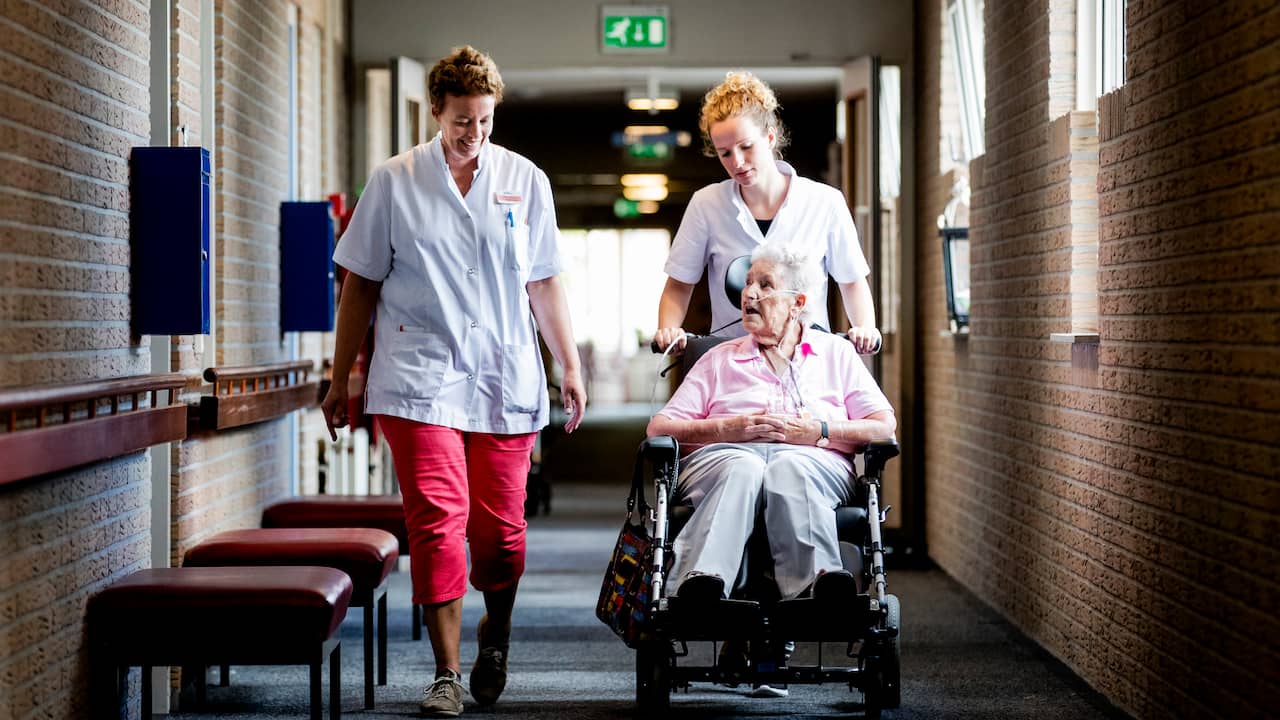Today it is just a huge desert. By 2025 it will be a real agricultural Central Park. On Tuesday, the metropolis of Montpellier (Hérault) unveiled the Agriparc project, in Bouisses, imagined with the inhabitants of the area. This neighborhood, located at the western edge of the city, was destined for rampant urbanization. Of 100 hectares, 40 were to be urbanised. The future “green sticker of the metropolis” will eventually have only nine hectares of homes. The rest will be a huge park, the largest in the city, which promises long walks on Sundays. But not only.
If the Bouisses are equipped with greenways, urban woods, meadows, games for children, a lookout tower, sports fields or a fitness trail, the site will also be agricultural land. Vast lands will be destined for olive groves, pistachio groves, orchards, fruit and vegetable crops of all kinds, tended by professional farmers, as well as shared vegetable gardens for the inhabitants. There are also plans for smaller processing units of the product, such as distilleries and covered markets, to sell them.
“Inhabited city” and “City that feeds”
This project aims to “rebalance the urban project to the west of the city”, working on the new relationship “between city and nature”, underlines Michaël Delafosse (PS), mayor and president of the metropolis, in a place that remains “mysterious” for the most part part of the residents of Montpellier. It answers both the questions of the “inhabited city” and of the “nourishing city”, exults Coralie Mantion (EELV), elected for the sustainable development of the territory.
A team coordinated by the Caudex landscape agency was commissioned to imagine the new, ambitious face of Les Bouisses. “The challenge was to be able to create an agricultural park on an urban scale”, a link “between the countryside and the city”, confides Pierre Janin, landscape architect from the Fabriques agency. “It is a park that must become a destination place,” observes Clément Bollinger, landscape designer at Caudex. Future homes will emerge from the ground where they will not be a burden on nature. “There is no doubt, when you build, that you ignore the value of the soil,” explains Mathieu-Ho Simonpoli, urban architect of the Estran agency. We looked at how, delicately, we might install housing. »

As for the paths and roads where pedestrians, bicycles, tractors (and some cars, for access to homes) will circulate, nothing, or almost nothing, will be built. “We hardly touch anything,” says Clément Bollinger. We are not building new roads, but we are reopening paths that have become fallow. In terms of mobility, the advantage of this new park is that it will be joined in 2025 by the future tramway line 5, currently under construction. The future Agriparc des Bouisses will be accessible via three new stations, but also via various stops on bus line n°2.


